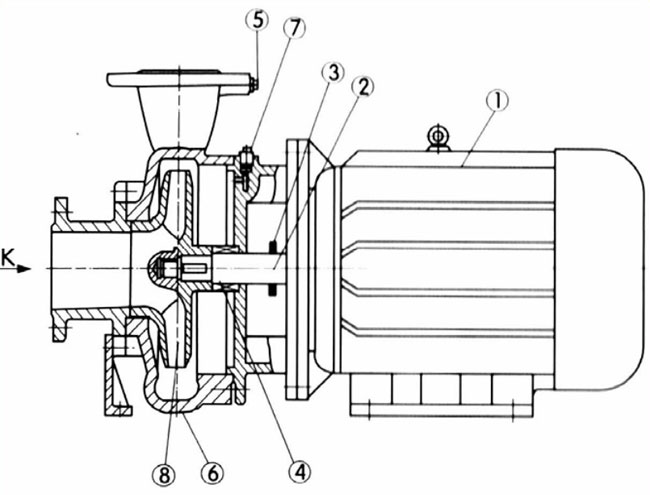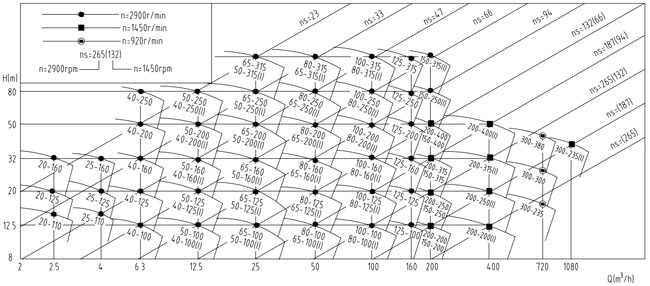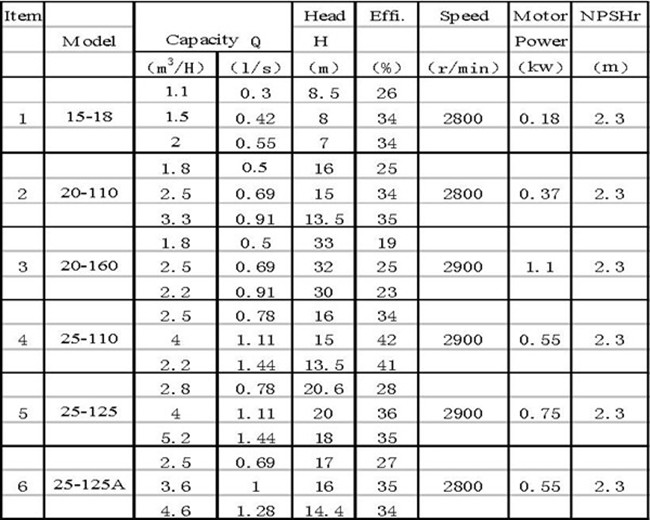After wheat regains its green color, yellowing often occurs. The main causes of this phenomenon include drought, excessive straw return, insufficient fertilization, diseases, insect damage, and freezing injury.
Drought is one of the primary reasons for wheat yellowing. When the water absorbed by the roots cannot meet the transpiration needs, a water imbalance occurs, affecting the growth and development of the plant. In severe cases, the wheat may turn yellow or even die. Field symptoms include overall yellowing, slow tiller production, gray-green leaves, stunted growth, short new leaves, and small, thin roots. This condition is commonly seen in low-lying areas with poor drainage, early sowing, or insufficient soil moisture.
The return of corn stalks to the field can improve soil fertility, but it requires proper management. Typically, 1 to 2 mu (about 0.67 to 1.33 hectares) of straw should be returned along with nitrogen fertilizer and deep plowing to 25 cm. However, many farmers currently return only 1 mu of straw, with plowing depth less than 20 cm and no added nitrogen fertilizer. This leads to wheat roots being entangled in loose straw, making it difficult for them to absorb nutrients from the soil. As a result, the wheat seedlings may suffer from nutrient competition and water stress. After spring irrigation, the soil becomes compacted, causing the seedlings to become suspended and eventually yellow or die.
Lack of fertilizer is another cause of yellowing. Insufficient nitrogen or phosphate fertilizer can lead to yellowing. Nitrogen deficiency typically occurs due to early planting, long winters, or inadequate base fertilizer application. Symptoms include weak, short plants, few tillers, yellowing and withering of young leaves, and dry, yellow lower leaves. To address this, apply 5 kg of urea per mu during the rejuvenation stage, and 12–15 kg during the jointing period. If necessary, foliar sprays of 2% urea solution (30–50 kg per mu) can be applied every 7 days. For phosphate deficiency, apply 10 kg of diammonium or 45–50 kg of superphosphate per mu. Foliar sprays of 3% superphosphate solution (60 kg per mu) can also be used every 7–10 days, up to 2–3 times.
Diseases such as root rot and sheath blight are also common causes of yellowing. Root rot leads to root decay, leaf spots, stem death, and neck death. Sheath blight starts as dark green spots on the lower leaves and develops into large, cloud-like lesions. Early symptoms include light brown edges with grayish-white centers. Severe cases can cause the base to blacken and rot, leading to plant death. For root rot, apply 12.5% Li Wo fruit (20–30 g) or 20% triadimefon (50–60 kg) per mu, spraying the base of the stems every 15 days. For sheath blight, use 5% Jinggangmeisu (7.5 g per 100 kg water), or 12.5% Li Wo fruit (50 kg per mu). Apply these treatments every 7–10 days in heavily infected fields.
Freezing damage is another concern. After wheat turns green in spring, its cold resistance decreases, especially after jointing. Sudden temperature drops can cause freezing injury. Symptoms include dark green leaves that appear boiled, yellowing, drying, and even complete plant death. Proper monitoring and timely protection measures are essential to prevent such damage.
ISW End Suction Pump
Naipu ISW end suction pumps designed in accordance with ISO2858 standard,are single-stage single-suction horizontal centrifugal pumps featured by integrated simple construction for less space, easy installation, smooth operation with less noise and free of daily maintenance due to the introduction of high quality mechanical seals and closed coupling.
Typical Applications---
Water supply system
Lowering underground water level
Boosting
Gardening and aricultural irrigation
Various kinds of industrial application
ISW End Suction Pump Configuration Drawing

Main Part Number At The Drawing
|
1 Motor
2 Shaft
3 Deflector
4 Mechanical Sea
|
5 Pressure Monitoring Hole
6 Pump Casing
7 Pressure Release Plug
8 Impeller
|
ISW END SUCTION PUMP SELECTION CHART

NP- ISW END SUCTION PUMP PERFORMANCE PARAMETERS

ISW End Suction Pump,End Suction Pump,Clear Water Pump,End Suction Water Pump
Shijiazhuang Naipu Pump Co., Ltd. , https://www.naipu-pump.com



